Introduction to Kite Flying
Kite flying is an ancient pastime that combines artistry, engineering, and celebration across various cultures. Its rich history dates back thousands of years, with early evidence suggesting that kites were first used in China around 3000 years ago, primarily for military purposes and signaling. Over time, the practice spread throughout Asia, the Middle East, and eventually to the Western world, evolving into a beloved recreational activity.
The significance of kite flying transcends mere amusement; it holds cultural importance in many societies. For instance, in India, particularly in the state of Gujarat, the festival of Makar Sankranti celebrates the change of season with extensive kite flying events, where participants engage in friendly competitions. The traditional Indian ‘patang,’ characterized by its vibrant colors and designs, captures the spirit and enthusiasm of thousands during this festival, showcasing not only skill but also the joy of community participation.
Kites vary widely in shape, size, and design, influenced by the materials available and cultural practices. From the simple diamond shape of Western kites to the intricate, artistically crafted kites of Asian origin, each type carries distinct features and methods of construction. For instance, the Japanese ‘rokkaku’ kite has a unique hexagonal shape and is employed in competitions to knock down rivals’ kites, while the large, elaborate ‘dragon’ kites symbolize good fortune and prosperity. These diverse styles enrich the global kite flying community, encouraging enthusiasts to share techniques and traditions, thus fostering cross-cultural understanding.
By appreciating the historical roots and cultural significance of kite flying, individuals can embrace it not just as a sport, but also as an art form that connects people across the globe. The joy of watching a kite soar high in the sky is universally understood, making kite flying a cherished activity regardless of location or background.
Exploring the Zen Impex Tournament
The Zen Impex Tournament has emerged as a prominent event in the realm of kite flying, drawing enthusiasts and competitors from diverse backgrounds. Established over a decade ago, this tournament was founded with the aim of fostering a spirit of competition while celebrating the artistry and skill involved in kite flying. Initially a small local event, it has since evolved into a much-anticipated annual spectacle, gathering large crowds and significant media attention.
As kite flying gained traction as a competitive sport, the Zen Impex Tournament expanded its reach, incorporating various categories to showcase different styles and techniques. The evolution of the tournament is a testament to the growing popularity of kite flying, reflecting changes in techniques, designs, and community engagement. With each passing year, the event has introduced new innovations, ensuring that it remains relevant and exciting for participants and spectators alike.
The tournament is governed by a comprehensive set of rules and regulations that participants must adhere to. These guidelines help maintain fairness and integrity within the competition. They address aspects such as kite specifications, flying techniques, and safety protocols. This structured approach not only upholds the spirit of competition but also promotes the development of skills among entrants, fostering a community built on respect and camaraderie.
Additionally, the role of sponsors and community involvement is paramount in the success of the Zen Impex Tournament. Local businesses and organizations often collaborate to support the event, providing necessary resources and prizes that further incentivize participants. This collaboration enhances the overall atmosphere and encourages spectators to engage with the kite flying culture. Ultimately, the Zen Impex Tournament stands as a beacon of the kite flying community, encouraging a spirit of healthy competition and showcasing the beauty of this time-honored pastime.
Choosing the Right Kites: The Maidani Paper Cheel Kites
When it comes to kite flying, choosing the right kite can significantly enhance your experience, particularly in competitive scenarios such as the Zen Impex Tournament. Maidani Paper Cheel Kites are specifically designed to maximize performance and are favored by enthusiasts for their superior construction and distinctive design. These kites are traditionally crafted using high-quality paper that results in a lightweight yet robust structure, allowing for greater maneuverability during flight.
The design of the Maidani Paper Cheel Kites includes a broad wingspan and a unique shape that enables them to catch the wind efficiently. Their vibrant multicolored prints not only add to their visual appeal but also improve their visibility in the sky, making them a popular choice for kiting competitions. When participating in tournaments, the ability to visually identify one’s kite can be advantageous, especially in crowded flying spaces.
One significant advantage of selecting larger-sized kites, such as those in the Maidani Paper Cheel collection, is that they can capture more wind, which translates to higher altitudes and extended runtimes. This feature is particularly beneficial when flying in varying weather conditions. The substantial size combined with a pack of 20 kites ensures that participants have multiple options to adapt to different breezes and atmospheric conditions, thereby enhancing their overall flying strategy.
Additionally, the durable construction of Maidani Paper Cheel Kites means they are resistant to wear and tear, allowing for repeated use over time. This quality makes them an economical choice for both seasoned flyers and newcomers to the sport. In conclusion, selecting the right kite, such as the Maidani Paper Cheel Kites, not only enriches the flying experience but also prepares competitors for success at the Zen Impex Tournament.
Techniques for Successful Kite Flying
Flying kites is an art that requires practice, skill, and understanding of certain techniques, particularly when participating in a competitive setting such as the Zen Impex Tournament. One of the essential techniques in effectively flying larger and more colorful kites is achieving the right balance between wind conditions and kite structure. Before launching your kite, assess the wind speed and direction; this will help you determine the angle of your flight path. A well-balanced kite will respond seamlessly to wind changes, allowing for easier navigation.
Another critical technique is mastering the launch. Position yourself with the wind at your back and hold the kite up at a slight angle, as this will allow it to catch the wind more efficiently. As you begin to let out the string, give the kite a gentle tug to help it rise steadily into the sky. In competitive scenarios, your promptness in launching could give you an edge over others, so practice this skill regularly.
Handling your kite during a competition is equally crucial. Learn how to maneuver the string effectively to perform sharp turns, dives, and ascents. The control of the string allows you to engage in aerial acrobatics, showcasing your skill and adding flair to your performance. It is essential to remain composed and aware of your surroundings so you can maneuver your kite skillfully to outpace opponents.
Safety measures should never be overlooked while flying kites, especially during competitions. Make sure to choose open spaces free of obstacles that could damage your kite or put participants at risk. Additionally, understand the rules of the tournament to ensure a fair and safe competition. Regularly inspect your kite and equipment for wear, and be mindful of weather conditions to ensure an enjoyable and successful experience.
Conclusion and Future of Kite Flying
Kite flying has long been celebrated as a pastime that brings together individuals of all ages, promoting creativity, teamwork, and a sense of community. The Zen Impex Tournament exemplifies these values, providing a competitive platform that elevates the art of kite flying to new heights. Throughout this guide, we have explored essential techniques, equipment considerations, and the significance of community engagement in kite flying, particularly in the context of tournament settings.
As we look towards the future of kite flying, it is crucial to recognize the growing interest in this age-old tradition, especially among younger generations. With increased awareness around the benefits of outdoor activities, kite flying has the potential to thrive both as a competitive sport and a recreational hobby. Events like the Zen Impex Tournament not only encourage individual growth in skills but also foster a sense of camaraderie among participants. They serve as a reminder of the joy found in construction, collaboration, and competition.
Engaging in kite flying can have lasting benefits for individuals and communities alike. The physical and mental health advantages of spending time outdoors are well-documented, and kite flying offers a unique blend of both. By nurturing local meetups and competitions, kite flying can become more entrenched in community fabric, leading to stronger social connections and shared experiences. We encourage readers to embrace this activity by either joining existing tournaments or starting new ones within their communities.
In conclusion, as we embrace the future of kite flying, let us champion this beautiful art form. We invite you to share your kite flying experiences and participate in events, helping to sustain and grow this enriching tradition. The sky is the limit—take flight and let your ambitions soar!




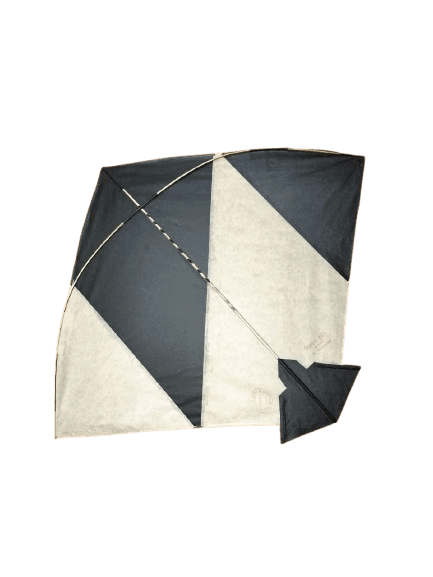



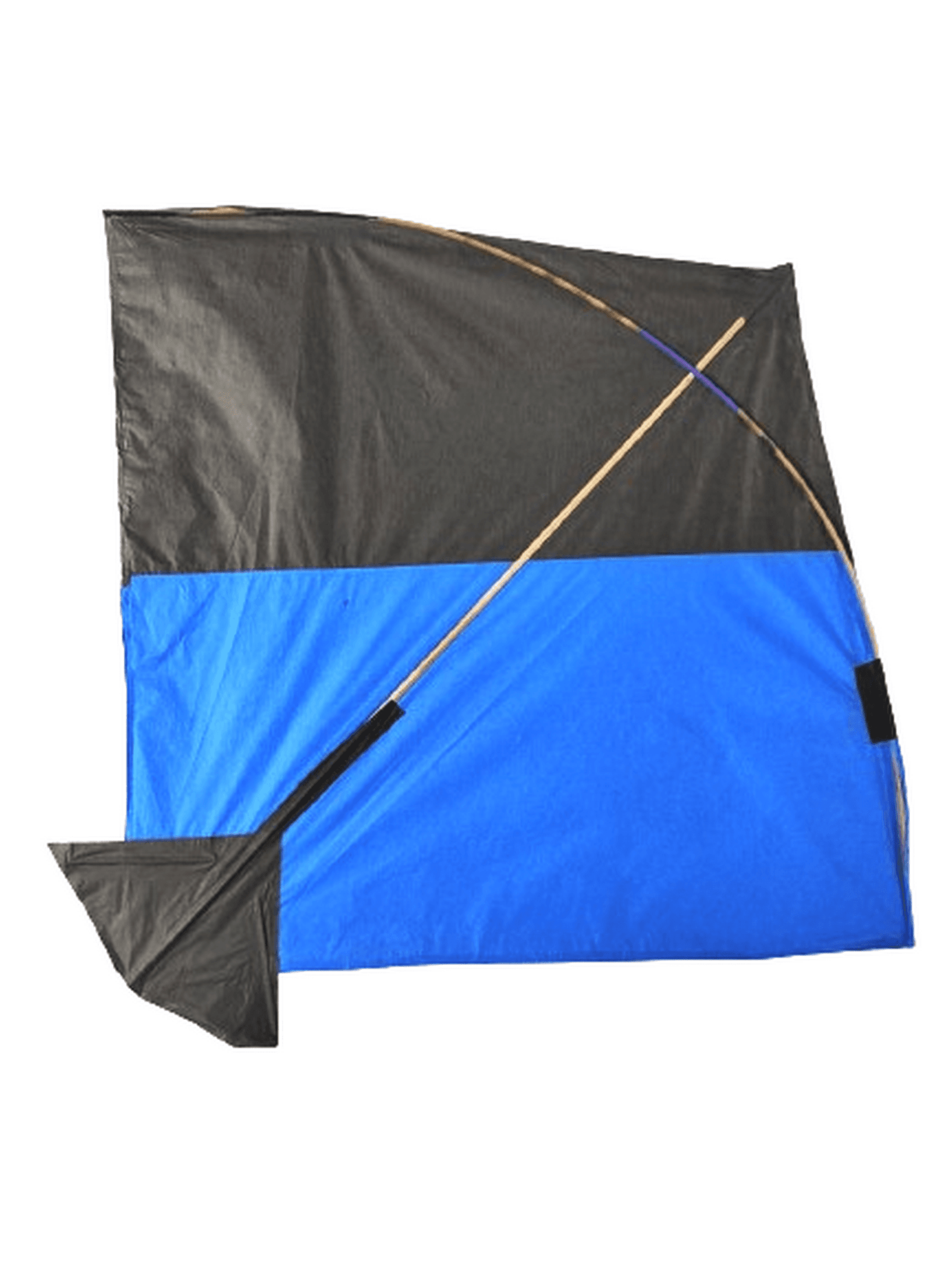











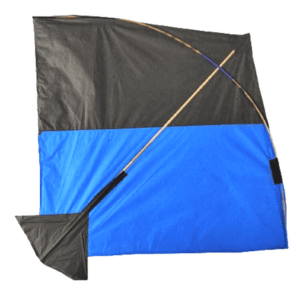



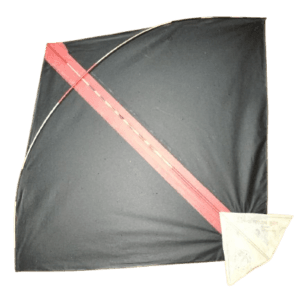









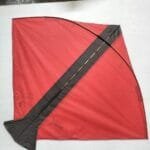


Reviews
There are no reviews yet.